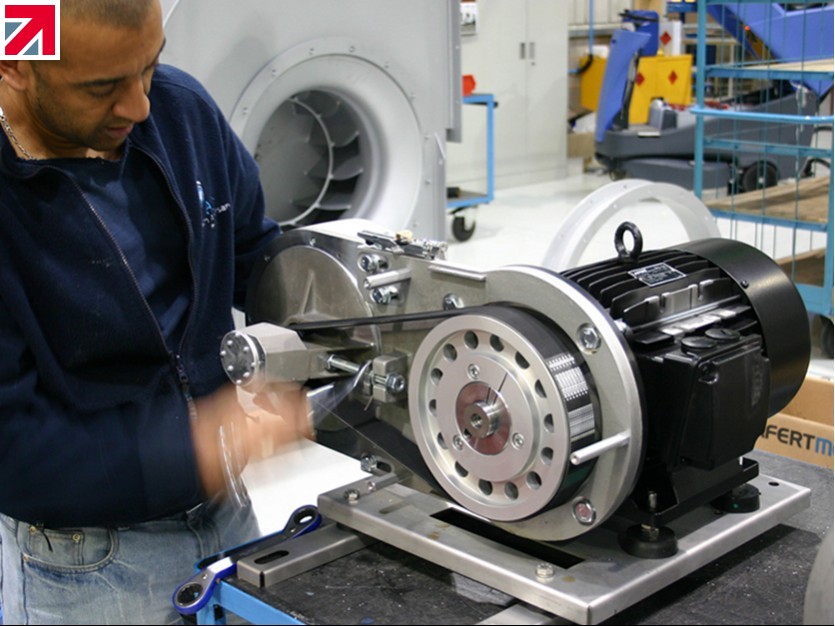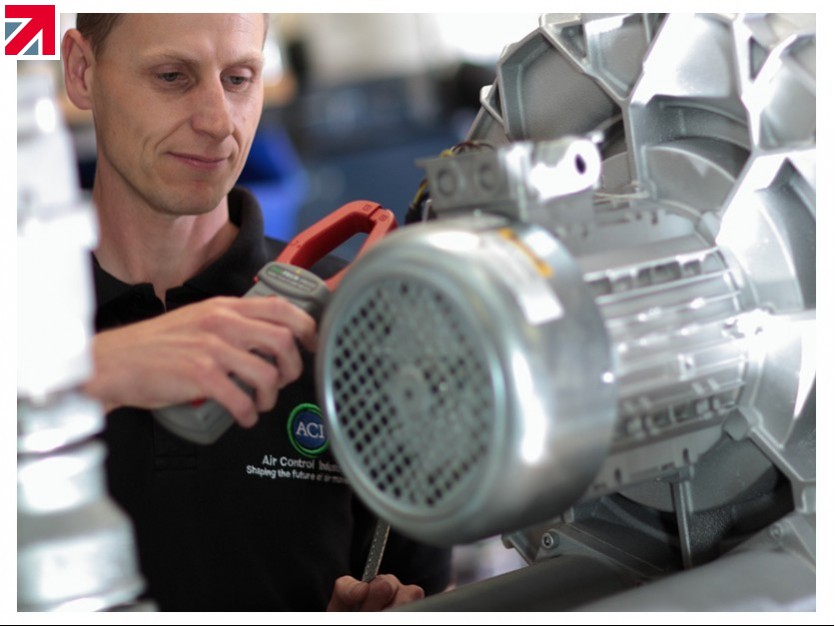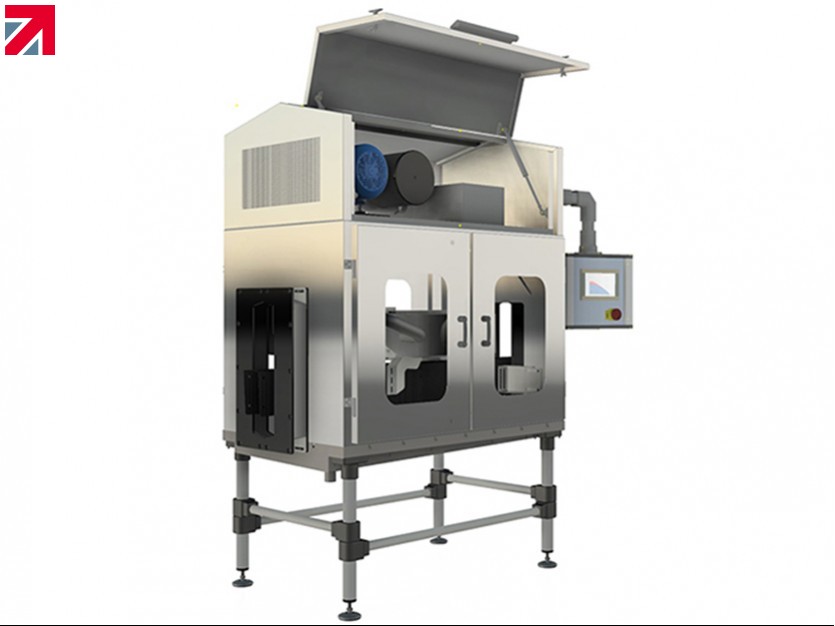Finding the right fan for a specific application can be more challenging for businesses across the world than you might at first think. Off-the-shelf solutions have their place; an instant solution to an immediate problem. However, this 'easy' option can often be surprisingly costly in ways you might not expect.
Get the specifications wrong, and you could miss out on significant cost savings and energy efficiencies, making operations less efficient or competitive. For OEMs providing solutions to the can sector, it could make the difference between product success and failure. For can manufacturers and end-users, poor performing fans can be hugely detrimental to profit, efficiency and the environment.
Order a fan that's too small, and it won't be up to the job. Too large and the excess cost in energy alone could more than double the long-term cost of an off-the-shelf option. So, how do you avoid falling foul of fan procurement failure in the can sector? And how can you be confident of getting a fan that's just right for the job and at the right price too?
Thankfully, the answer lies in custom-built fans combined with integrated solutions such as can tunnel drying systems and air knife drying products, providing a precise solution to precise needs, ensuring optimal efficiency and performance alongside significant lifetime unit cost savings.
The good news is that the process is a lot easier and quicker than you might think. Matt Shelley, ACI UK Sales Manager at Air Control Industries, explains.
Within the drinks and food sector and aerosol manufacturing - can drying solutions powered by fans are necessary for a whole host of reasons. These include drying cans ready for date coding or packaging. More critically, fans also provide drying solutions that eliminate stress cracking, removing water from can lids, thereby preventing seal failure through ingression of water at the point where the can lid meets the lipping edge.
While integrated solutions are common, having fans that are the right size, provide the correct power, noise level and degree of efficiency is critical, be that for a can drying tunnel - where low-pressure air is necessary - or for surface drying to enable date coding, where a small centrifugal blower can provide an overall system pressure of 35inwg.
Where air knife solutions are required, backward curved turbine bladed impeller blowers are particularly popular. In ACI's case, the EP10A compact blower range has motors of 5.5-15kW that can be retrofitted in place of other belt-driven alternatives, such as radial blowers. This ends the need for segmented solutions that require ducted air supply. With a significantly smaller footprint, these compact blowers can be integrated into the production line with cans flowing through the drying remedy. This reduces both noise and inefficiencies associated with radial blowers typically mounted alongside the production line or in a plant room due to their size.
With so many considerations to bear in mind, how do you make sure you have the best performing fans for your production line? How do you know whether there's not an existing solution that fits the bill? And if a custom solution is best for you, what information do you need to supply to get the right fan?
The first thing to say is that you don't have a full picture or a complete specification. If you know the airflow and/or pressure (static or total), that needs to be achieved, and electrical supply as a minimum, you're in business.
If you know the problem you're facing and the outcome you're after - your fan manufacturer should be able to put the pieces of the puzzle together to design the perfect fan solution for the job. They should also be able to advise on whether an existing solution can be modified or implemented. For example, ACI offers ready-to-go can drying solutions utilising air knives and acoustic enclosures, delivering line speeds of up to 60,000 cans per hour.
If custom is the way forward, by working with an accredited fan manufacturer, you can look forward to a total solution addressing performance, appearance, size, preferred materials, finishes, motor types, speeds, voltages and frequencies.
Today, fan manufacturers use in-house software to ascertain the correct fan size and specification in relation to an application. This software will determine the required air volume, and the pressure needed proportional to the aperture - such as in a ducted system, enabling fan performance optimisation.
If you already know your Duty Point or the required flow or air velocity through which the air has to pass and the space within which the fans needs to be housed, the fan's ideal size for the role can be selected.
So how does the design process work?
Once your specification has been agreed, your fan manufacturer will use various design software, such as 3D modelling, drawings, basic rendering and animations to bring the fan design to life.
This should take account of physical space restraints and your material preference, be that mild steel, stainless steel or other, as well as required protection such as powder coating, specialist paint finish or PTFE coating to protect the fan casing from corrosion.
Ensuring that your fan manufacturer is aware of the environment in which the fan has to operate is important too, such as whether it needs to be ATEX explosion-proof, anti-sparking or IECEx flameproof.
Other things to take account of are frequency, voltage or special motor requirements for use in different global markets.
Next, other factors such as inlet and discharge options - whether open or connected - need to be considered. Be sure that your fan manufacturer ascertains if your fan requires a mounting flange, inlet filter, spigot, dampers, guards, flexible connections or an AV mount connected to the motor or the inlet to remove vibration from fan to the system.
Your manufacturer should also assess whether you require a mounting pedestal, brackets, or feet on the motor in relation to the fan.
They should also establish if the fan and motor need to be incorporated onto a skid, which can be wired and positioned ready for you to fit ancillaries. Other factors that should be on the checklist include your requirements in terms of cables, wiring harnesses and electrical plugs as well as enclosures, be that standard or custom-built – often the case in the can manufacture sector.
With all these boxes ticked, your fan manufacturing partner should be able to take you through your options, variants and the pros and cons of each, taking into account any additional factors that you might identify.
With all that done, your manufacturer should be able to provide you with an accurate quote in terms of pricing and manufacture timeframes so that you're always in control.
Real-life testing
Once you've chosen your manufacturing partner and preferred design, the next step to bringing your custom fan to reality will be the prototype development to give you absolute certainty that the fan meets all your expectations.
This should be tested to measure airflow, pressure and current. Your manufacturer should also provide a performance curve to demonstrate your fan's capabilities, examining performance, vibration, noise, speed, and a heat run for three hours to measure the resistance across the windings from cold to hot; this ensures that the loading on the motor is correct. From here, any final changes can be made based on sizing and performance before your prototype is sent to you for trialling in situ.
What else should you look for in a manufacturer?
As with any good manufacturer, you should check to see that your fan partner has both ISO 9001:2015 quality management system and ISO 14001:2015 in place. That, alongside a full performance guarantee and the CE Mark, should give you the certainty of quality and customer satisfaction.
Following these guidelines, you should not only be able to find the right manufacturing partner, but you should have a simple step-by-step road map to the creation of a custom fan solution that will not only save you money over off-the-shelf alternatives, but provide your business with a product that is smaller, more efficient, faster, or cheaper, giving you the edge.
Find out more about Air Control Industries on their member profile page here
Member-created content 4 years ago | From members


